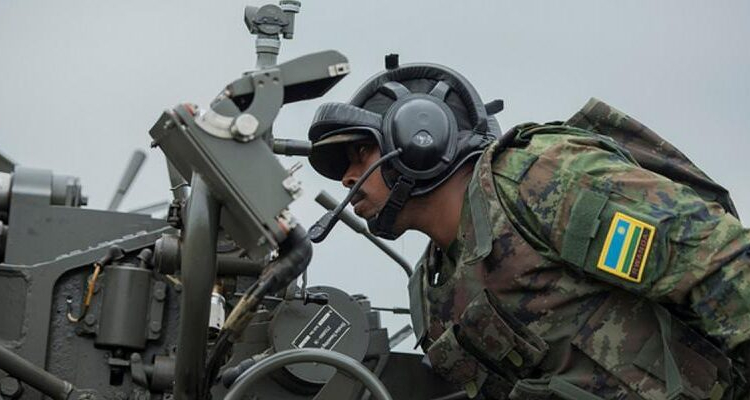The Stockholm International Peace Research Institute (SIPRI), a renowned independent international institute focused on research into conflict, armaments, arms control, and disarmament, has released its 2023 edition of the Trends in International Arms Transfers. The report reveals a significant reduction in arms imports across African nations, with a 52 percent decrease observed between the periods of 2014-2018 and 2019-2023. This substantial decline is attributed primarily to the reduced arms acquisitions by Algeria and Morocco, which saw decreases of 77 percent and 46 percent, respectively.
During the 2019-2023 period, Russia emerged as the leading arms supplier to Africa, responsible for 24 percent of the continent’s major arms imports. It was followed by the United States at 16 percent, China at 13 percent, and France at 10 percent. Sub-Saharan Africa, in particular, accounted for a mere 2.2 percent of global arms imports, with a 9.0 percent decrease compared to the previous five-year span. Nigeria, Angola, and Senegal were the top three arms importers in this subregion.
The arms trade landscape in sub-Saharan Africa is characterized by a diverse array of suppliers competing for influence. China, with a 19 percent share, narrowly surpassed Russia’s 17 percent to become the largest arms supplier to the area during the same period. However, both nations experienced notable reductions in their arms exports to the region, with China’s exports falling by 23 percent and Russia’s by 44 percent compared to 2014-2018.
France maintained its position as the third-largest supplier to sub-Saharan Africa, with an 11 percent share of the arms imports. Türkiye ranked fourth, largely due to its provision of combat helicopters to Nigeria and various aircraft and unmanned aerial vehicles (UAVs) to other states.
Egypt, once the third-largest global arms importer, now ranks seventh, with its arms imports decreasing by 26 percent from 2014-2018 to 2019-2023. Germany stands as Egypt’s primary arms supplier, followed by Italy, Russia, France, and the USA. Amidst regional tensions and efforts to bolster its military capabilities, Egypt’s recent acquisitions include frigates, submarines, combat aircraft, and long-range missiles from these countries.
On a global scale, the top five arms importers from 2019 to 2023 were India, Saudi Arabia, Qatar, Ukraine, and Pakistan, while the leading exporters included the United States, France, Russia, China, and Germany. The overall volume of international arms transfers in this period saw a slight decrease of 3.3 percent from the previous five years but marked a 3.3 percent increase from 2009-2013.
Asia and Oceania were the largest regional importers of arms, accounting for 37 percent of the total, followed by the Middle East (30 percent), Europe (21 percent), the Americas (5.7 percent), and Africa (4.3 percent). Ukraine stood out as Europe’s largest arms importer, receiving 23 percent of the region’s total imports.
This report underscores the shifting dynamics of the global arms trade and highlights the changing strategic priorities and economic constraints influencing arms procurement decisions across Africa and beyond.
Meanwhile, in a different report, according to a 2023 International Military Helicopter report by Defence IQ, the African market for military helicopters is expected to account for a cumulative spending of US$2.2 billion through 2023-2028, making it one of the fastest-growing regions in the world.
The report identifies four key markets in the region: Egypt, Nigeria, Algeria, and Kenya, which together account for more than 90% of the total spending.


